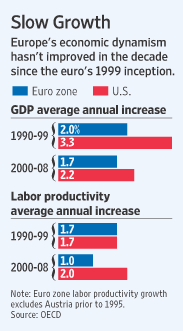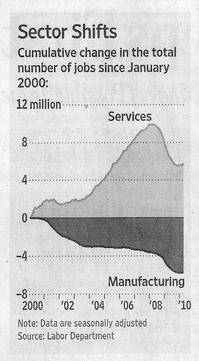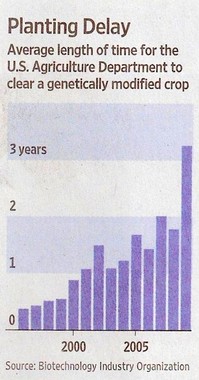(p. A15) Americans are debating whether to substantially expand the size of their government. As Swedish economists who live in the developed world’s largest welfare state, we urge our friends in the New World to look carefully before they leap.
Fifty years ago, Sweden and America spent about the same on their government, a bit under 30% of GDP. This is no longer true. In the years leading up to Sweden’s financial crisis in the early 1990s, government spending went as high as 60% of GDP. In America it barely budged, increasing only to about 33%.
While America was maintaining its standing as one of the world’s wealthiest nations, Sweden’s standing fell. In 1970, Sweden was the fourth richest country in the world on a per capita basis. By 1993, it had fallen to 17th.
This led us to ask whether Sweden’s dramatic increase in the size of government contributed to its sluggish growth. Our research shows that it did.
We surveyed the existing literature looking at the trade-offs between government size and economic growth throughout the world. While results vary, the most recent research, by Diego Romero-Avila in the European Journal of Political Economy (2008) and by Andreas Bergh and Martin Karlsson in Public Choice (2010) find a negative correlation between government size and economic growth in rich countries.
The weight of the evidence demonstrates that when government spending increases by 10 percentage points of GDP, the annual growth rate drops by 0.5 to 1 percentage point. This may not sound like much, but over 30 years this would result in the loss of trillions of dollars each year in an economy as large as America’s.
For the full commentary, see
ANDREAS BERGH AND MAGNUS HENREKSON. “Lessons From the Swedish Welfare State; New research shows bigger government means slower growth. Our country is a prime example.” The Wall Street Journal (Mon., JULY 12, 2010): A15.
(Note: the online version of the article is dated JULY 10, 2010.)







